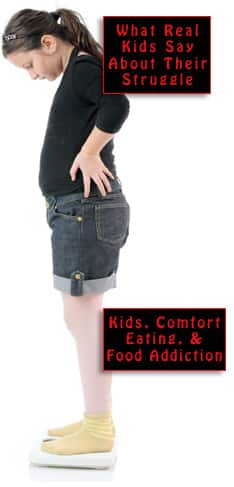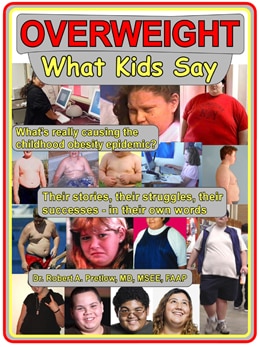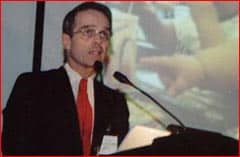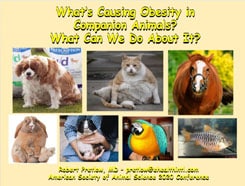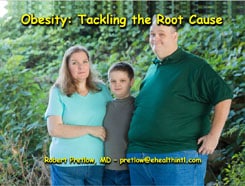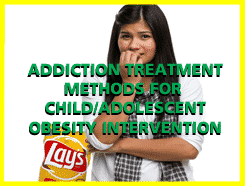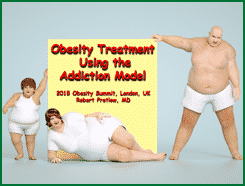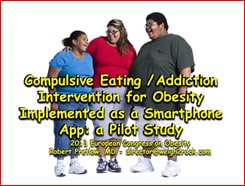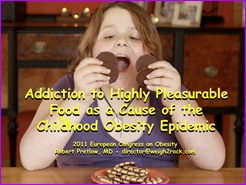
“Should sugar be the boss of us?” is a pertinent question, and Childhood Obesity News asked it in a post that featured actor, photographer, writer, and sugar addict Jennifer Walker. We also quoted from Dr. Pretlow’s guest appearance at Fooducate.com, where he asked,
If there is such a thing as a gateway drug to food addiction, what might that substance be?
“Sugar in the Driver’s Seat” discusses sugar as the ultimate gateway drug. Anyone who doesn’t think it’s addictive should be dared to quit it for a month. That could be a TV reality show. Get a bunch of people together and coach them through withdrawal as a group, in a closed environment where their chances to get the drug are minimized.
Lab Rats Are Sugar Addicts, Too
The trouble with that model is that when people are removed from their normal lives and put into forced contact with a cast of strangers, it’s a very stressful situation. They will not react to sugar deprivation in the same way they would in the wild.
An alternative would be to film each contestant separately in their own environments, which would mean including their families, jobs, animals, and everything from their normal lives. The production costs would be high, and the ambiance still stressful.
This post quoted the very useful list made by Carl S. Milsted, Jr., of “drug-like foods: chocolate, caffeine, sugar, high-fructose corn sweeteners, dyes, artificial flavors, charred meats, toasted cereals, fine ground flours, deep fried crunchies, and partially hydrogenated vegetable oils.” It also mentioned Steve Almond, author of Candyfreak, who says candy is “basically crack for children.”
“In Sugar’s Grip” looked at an experiment with teenagers and milkshakes, and another with mice, cocaine, and sugar. “Skip Sugar Day” looked at a Yale School of Medicine study of the varying effects of sugar on adolescent and adult brains, and a German study of adipose cells in obese children. It included an interesting quotation from the documentary film Fed Up:
Only 30% of people suffering from diet-related diseases are actually obese; while 70 percent of us —even those who look thin and trim on the outside—are facing the same consequences.
“How People Discovered the Truth about Sugar” speculated about how the religious season of Lent revealed the addictive nature of the white drug, and appreciated a description written by Jordan Gaines Lewis of the mesolimbic pathway. This post included a call to action:
When confronted with sugar, part of the brain shrugs and asks, “What’s not to like?” We can prevail only by making determined use of other brain areas—the ones that think.
Your responses and feedback are welcome!
Image by Cristóbal Alvarado Minic

 FAQs and Media Requests:
FAQs and Media Requests: 